The world depicted in My Hero Academia is a complex one, divided between caped superheroes and criminal villains who break the law and inflict harm to achieve their goals. At first glance, these two sides seem irreconcilable, constantly locked in battles of life and death, with each side unwavering in their belief that their ideology is the only righteous path.
However, amidst this conflict, the protagonist Izuku Midoriya, known as Deku, discovers unexpected parallels between himself and his villainous adversaries. Despite their bitter animosity, Izuku finds common ground with characters like Tomura Shigaraki, Himiko Toga, Spinner, and Gentle Criminal. It is a tragic irony that he must confront and fight these individuals instead of finding a peaceful resolution.
Personal Baggage from Backstory
Anime villains often bear the scars of troubled childhoods, enduring abuse, violence, neglect, and other hardships that shape them into self-centered and destructive adults. The same holds true for the villains in My Hero Academia, such as Tomura Shigaraki, whose unintentional act of killing his own family haunts him, and Himiko Toga, who faced rejection and scorn due to her Transform Quirk.
Interestingly, Izuku’s actions, beliefs, and personality also stem from his own difficult upbringing, particularly as a result of being born Quirkless. In an alternate reality, Izuku could have succumbed to the bitterness of his circumstances and become a formidable Quirkless villain, seeking vengeance against a society that rejected him.
The Need for a Symbolic Mentor
Within the world of My Hero Academia, the Symbol of Peace, All Might, is revered by all as an invincible hero, embodying justice and hope. In contrast, All For One stands as a terrifying figurehead for villains, leading their cause. Both All Might and All For One play the role of mentors, but with contrasting objectives and methods.
For Izuku, All Might becomes his first mentor and unwavering supporter, guiding him on his journey to become a hero. Conversely, Tomura Shigaraki looks up to All For One as a twisted mentor, shaped by his influence and harboring a debt of gratitude. Both Izuku and Tomura understand the experience of relying on a symbolic father figure until they are ready to forge their own path.
Fighting for Someone Special
Intimate relationships and personal connections often serve as powerful motivators for heroes and villains alike in My Hero Academia. Izuku and Ochaco Uraraka find themselves entangled in a love triangle, which influences their actions and fuels their determination to fight for one another. Himiko Toga, driven by her yandere love, initially idolizes Stain, the Hero Killer, but redirects her focus towards Izuku and Ochaco, desperately attempting to emulate their connections.
Struggles with Quirk Mastery
My Hero Academia explores the burdens and challenges associated with various Quirks, the unique superpowers possessed by individuals in the series. Izuku, in particular, grapples with the immense power of One For All, often pushing himself to the limits and enduring injuries and scars as a consequence.
Likewise, villains such as Tomura Shigaraki, with his destructive Decay Quirk, and Himiko Toga, who struggles to control her insatiable thirst for blood, face their own difficulties in harnessing the full potential of their Quirks. These struggles humanize the villains and highlight their shared experiences with Izuku.
Sympathy for Underdogs
Having experienced the hardships of being born Quirkless, Izuku possesses a deep understanding of what it feels like to be an outcast, constantly facing overwhelming odds. This empathy extends to characters like Mirio Togata, who initially struggled with his Permeation Quirk and faced the possibility of failing at U.A. High School.
Similarly, certain villains also exhibit a compassionate side, such as Gentle Criminal. Despite being a student hero washout, Gentle accepts La Brava, a lonely and infatuated individual, as his loyal sidekick, providing her with a chance to shine when nobody else would.
The Quest for Belonging
While personal connections hold immense significance for characters like Izuku, the desire for a larger sense of belonging drives their actions. Izuku finds solace and a sense of community within Class 1-A at U.A. High School. In a parallel fashion, many of the villains in My Hero Academia seek belonging within organizations such as the League of Villains and later the Paranormal Liberation Front. These groups not only provide a sense of camaraderie but also offer mutual protection and support.
A Vision to Improve Society
The conflict between heroes and villains in My Hero Academia goes beyond mere survival or personal motivations. Both sides possess a profound conviction about reshaping society according to their own ideologies. Izuku dreams of creating a peaceful society where he can become the Symbol of Peace, ending conflicts and wars indefinitely.
Interestingly, some villains, like Re-Destro, also aspire to change society for the better, albeit through a different approach. Their visions for a transformed world collide with Izuku’s ideals, leading to an inevitable clash of justice.
Protective Fury
The bonds forged by friendship and love within the series often unleash intense emotions in both heroes and villains. When someone dear to them is harmed or threatened, these characters are driven to unrestrained fury and reckless action. Izuku, for instance, has demonstrated berserk-like behavior when Eri, a young girl with a tragic past, faced danger.
Similarly, Twice, who formed a close bond with Himiko Toga, tapped into his hidden powers to protect her when she was on the verge of death. The unwavering commitment to safeguarding those they cherish reveals the deep emotional ties shared by heroes and villains.
Unleashing New Powers
While most characters in My Hero Academia possess a single Quirk, Izuku and his nemesis, Tomura Shigaraki, defy this convention. Both go beyond the confines of a singular power, unlocking additional Quirks to expand their repertoire of abilities. Izuku gains access to the Quirk factors of previous One For All users, incorporating abilities such as Float and Blackwhip. Conversely, Tomura augments his powers through the dark science of Dr. Garaki, grafting multiple new Quirks onto himself, ultimately becoming an unstoppable force.
Unyielding Convictions
The clash between heroes and villains in My Hero Academia goes beyond physical confrontations. It represents a clash of ethical beliefs and societal visions. Izuku shares a striking resemblance to his mentor, All Might, in terms of his unwavering commitment to justice and societal values. He firmly believes that his path is the righteous one for humanity.
Conversely, villains like Re-Destro and Tomura Shigaraki possess their own fervent convictions, fueled by a contrasting worldview. The clash between these opposing ideologies necessitates a battle to determine whose notion of justice will prevail.
My Hero Academia, with its intricate world and diverse cast of characters, showcases the multifaceted nature of heroes and villains. Izuku Midoriya, the series’ protagonist, discovers unexpected similarities with his
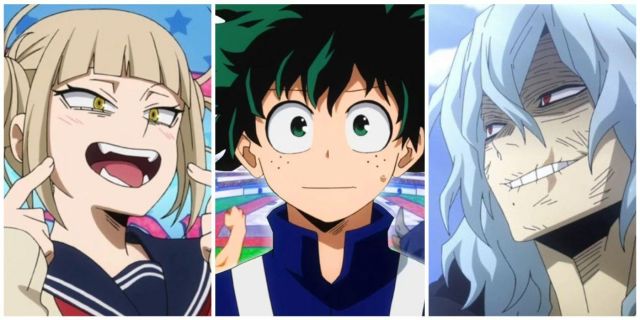
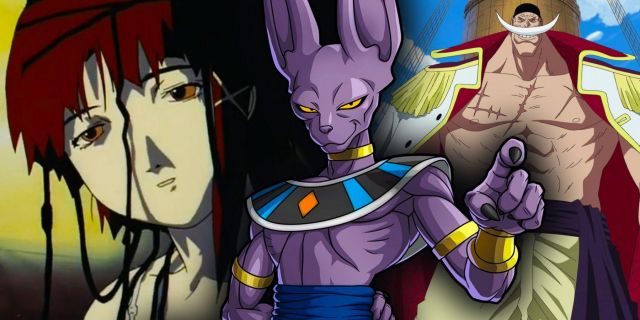


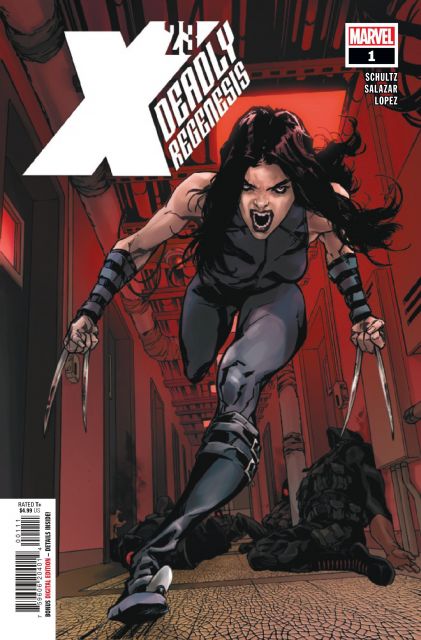
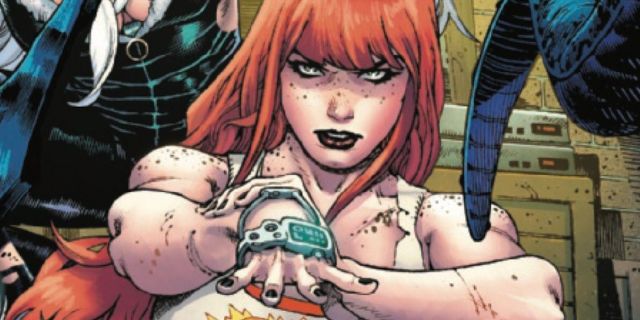
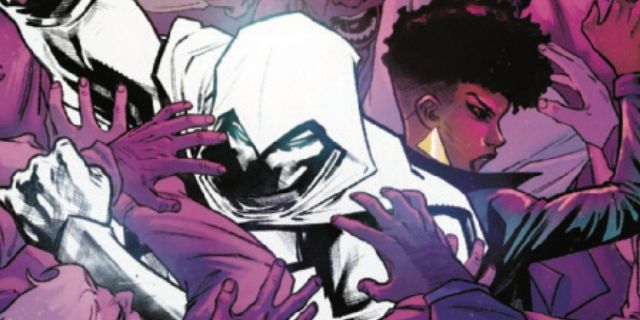


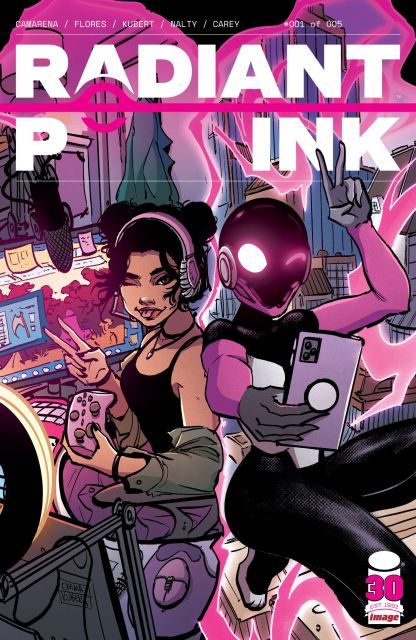





Leave a Reply